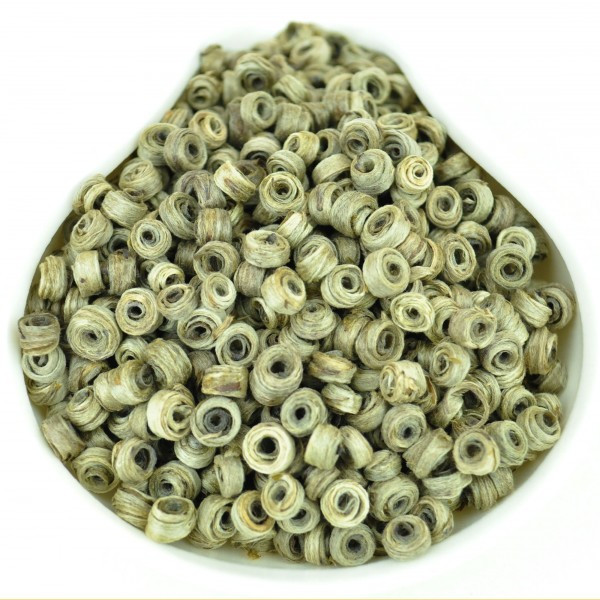
black tea,pu erh tea,bulk tea,organic green tea,chinese green tea,china green tea,red tea

We sell the finest Organic Sheng Pu’er tea (raw green tea) and Shu Pu’er (ripened black tea) made from sun-dried Shaiqing Mao Cha Green Tea. Pu’er tea has a unique bold and earthy character, and we offer various grades of both sheng and shu pu’er types, all of which are tailor-made for us.Tasting Notes: Wonderfully deep, rich, and earthy. Our organic black pu’erh leaves infuse strong for 3-4 infusions. Recently entering the international market with a most unique style and flavor, pu-erh tea is now revered by tea lovers from around the world.Pu-erh tea is quite a unique kind among all Chinese teas for its distinct processing method. Made from a broadleaf variety of the tea grown in Yunnan, it is initially processed like a green tea.Pu-erh tea is a unique type of fermented tea produced in certain parts of China and provides a range of health benefits for those who regularly consume it. There are a number of types of pu-erh tea, including both raw and ripe varieties. The raw type is typically sun-dried and compressed and is the …The Black Pu-erh tea we offer is hand harvested from wild and semi-wild broad leaf antique tea trees located in the Yunnan province of China. Black Pu-erh is often referred to as “cooked” due to the fact that sun-dried green tea leaves are transformed through natural fermentation from a greenish-golden color to a blackish-red tone.But be warned, the unique aged flavor is not for everyone. It seems people either obsess about Pu-erh or try to avoid it with just as much enthusiasm. Ingredients Organic Black Tea description_tab Our Pu-erh is grown in ancient forests in the mountains of Yunnan Province, China. The farm is located around the tropical region ofWhile not from Pu-erh, this Organic Japan Pu-erh Tea boasts one of the most innovative tea production techniques on the market, borrowing manufacturing methods from both pu-erh production and Japanese sake brewing. It begins with unoxidized green tea that is fermented using traditional sake kuro-koji bacteria.